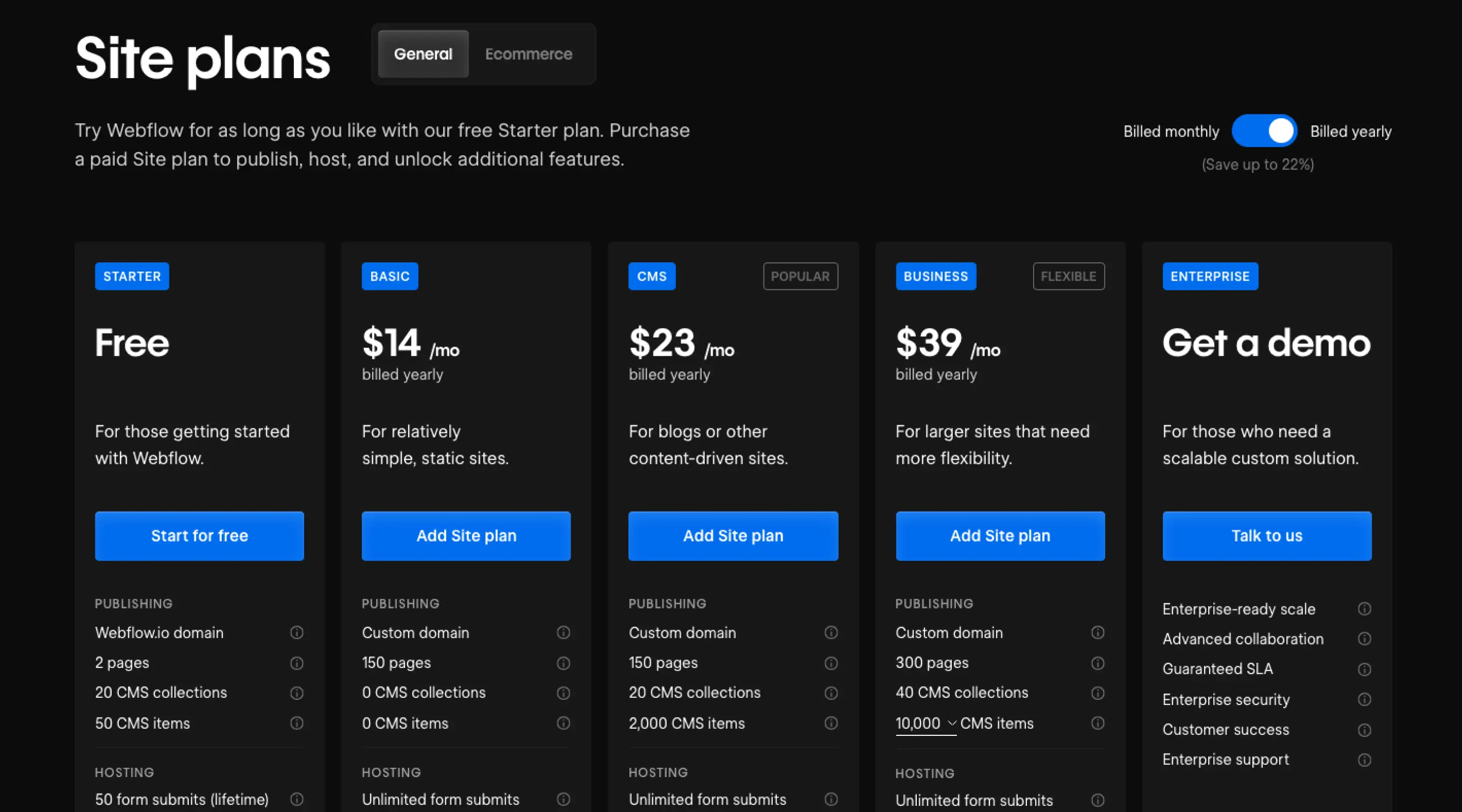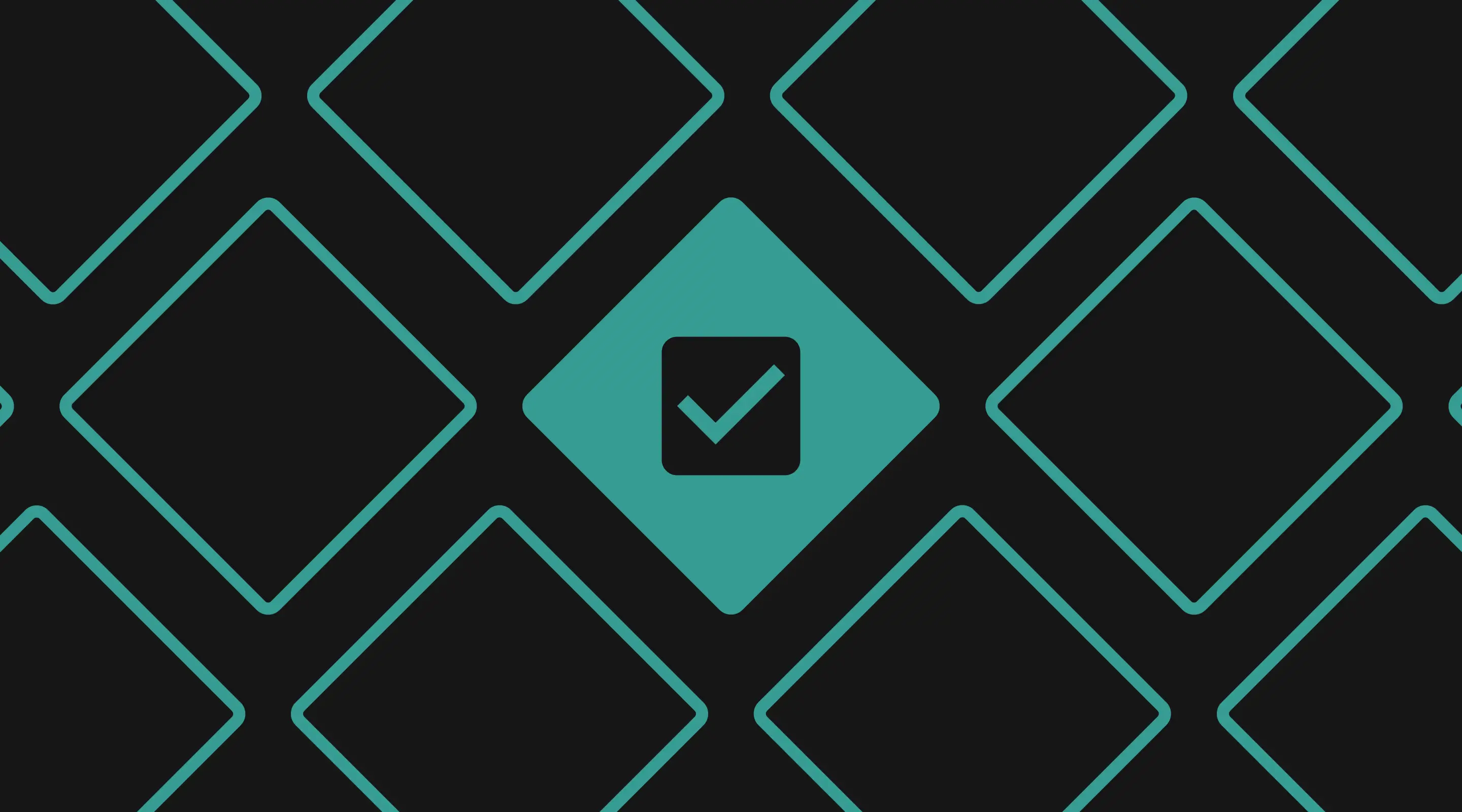How is AI Transforming Web Design in Singapore?

Table of contents
How AI is Transforming Web Design: Smarter Tools, Personalisation, and Efficiency
No one would have thought that today, AI would redefine how we work especially in web design. But here we are!
For businesses, brands or freelancers, AI offers a new array of tools and services of how we can use to build and enhance digital experiences. AI-powered solutions aims to simplify design tasks, deliver personalised each individual's experiences or even optimise your design process to meet the needs of the modern world.
In this article, we are going to explore 3 key areas where AI is revolutionising web design; using smart tools, personalised experiences and streamlining design processes.
1. Smart Tools That Can Help in Web Design
As what was introduced earlier, we have seen a flurry of new AI tools that assists designers, developers and even marketers to create websites with ease. There are definitely a few categories in which they can help out in website design. These tools uses machine learning algorithms and learning models to enhance your designs and fine-tune your processes. Below are some examples of AI-driven tools:
AI Design Assistants
AI design assistants have been increasingly popular amongst designers. There are tools that help to generate sitemaps and content architecture and sort of help to generate the website to a specific purpose. All your need to do is to input your prompt and within minutes, they will generate a sitemap and wireframes for you to start with.
One such example is Relume.

AI for Visual Creation and Editing
Editing images have never been easier.
With tools like Canva, Adobe Express and amongst many others, designers are seeing faster turnaround for pushing out content and images. Some of these tools even go a step further to create layouts for your needs. It's faster than you can say "remove the background".
With new image creation tools like Leonardo AI and Adobe Firefly, marketers can easily create new images instead of having to create one from scratch.

Content Creation and Optimisation Tools
Level up your content creation by using AI-powered tools such as Claude or ChatGPT.
While most designers are not equipped with certain skills such as creating website copy or blog posts (usually we leave this to our SEO experts or content writers), AI has proven to be a valuable resource to help us create some legit website copy to simulate the real website.
Why is this important?
Based on our experience, most of our clients rely on us to start with the original copy which gives them a proper idea on what can be inserted in that paragraph. And we find this useful as well. No longer are our website designs being bombarded with some gibberish text.
By embracing these AI-powered tools, web designers can reduce the manual workload, automate routine tasks, and focus more on strategic, creative decisions that improve the user experience.
2. How AI Helps Personalise User Experience in Web Design
Let's take a look at our Social Media platforms first before diving in to personalisation in Web Design.
In most cases, your social media platforms are primarily suited to you and you only. For example, take a look at your Tiktok. There is an FYP tab that is suited to your viewing behaviour while Facebook and Instagram Feed page has been customized to suit what you have been looking at on the internet. (Most of us hate it though. We want to see more of our friend's updates in a chronological order!)
How does this work for Web Design?
Most users or consumers feel compelled to view the websites that cater to their individual needs, preferences and behaviours. Personalisation often creates an engaging and meaningful user experience (UX) for your users.
Dynamic Content Personalisation
Like we said before, social media platforms have done it. Instagram, Facebook, Tiktok. You name it.
So, what can you do to your website?
If you're an e-commerce brand, you might want to show personalised product recommendations or suggesting products based on the user's browsing history. With AI, websites can become more dynamic and more responsive to each visitor's preferences which will ultimately result in better engagement and conversion rates.
Chatbots and Virtual Assistants
Don't shun away from chatbots!
Chatbots are a good way to offer personalised support to users 24/7. These tools can provide and engage visitors with tailored responses based on users' inputs and past interactions.
Predictive User Behaviour
Use tools like Hotjar or Microsoft Clarity to gain valuable insights by analysing heatmaps and utilising users behaviour data. Using this information can help designers understand which parts of a website are most effective.
3. How to Create an Efficient Design Process with AI
We always find it amusing when designers are lamenting about how AI are taking over their jobs. The answer is no.
We use AI to create more efficiency with our design process especially when deadlines are tight or the project scope is huge. With AI, designers can streamline the design process making it faster to design websites.
Automating Repetitive Tasks
Let's be honest. Most designers don't like to name their layers. But we have to do it before handing over to our developers. And it gets repetitive when you are trying to rename each layer that it becomes a chore. With Figma's new AI feature, you can actually leave this to AI to help you rename the layers in accordance to your design. It cuts your design time by more than half. The best part is, your developers are going to be super happy.
Speeding Up Prototyping and Iteration
We primarily use Relume to speed up our wire-framing process. With a simple prompt that explains exactly what your business is doing, they are able to generate a probable sitemap with the content architecture in a few minutes.
With these tools in place, our designers are able to test and iterate ideas much faster and can even show our clients the proposed sitemap. Of course, us, UX designers, we have to ensure that it fits the project scope and the website's UX is good.
Validating designs with the stakeholders take lesser time and the design iteration process just becomes faster.
Conclusion: How Does AI Actually Help in Web Design?
By leveraging AI, web designers can automate tedious tasks, streamline collaboration, and optimise the design process. AI-driven workflows help teams deliver high-quality websites faster and more cost-effectively.
In conclusion, AI is transforming web design in remarkable ways, from smart tools that assist in visual creation and coding to personalised experiences that engage users on a deeper level. AI also helps create more efficient workflows, allowing designers to focus on creativity while automating repetitive tasks. As AI continues to evolve, its impact on web design will only grow, making it an essential tool for anyone looking to create modern, user-centric websites. Embracing AI not only enhances the quality of web design but also improves the overall user experience, setting the stage for the future of digital innovation.
{{build-better-experience="/directory"}}
Related Articles

Webflow Pricing Guide for Designers and Agencies
Confused by Webflow pricing? This guide breaks down Webflow plans for freelancers, agencies, and in-house teams. Choose the right Webflow plan today.

Top UX Signals That Influence AI Search Rankings
AI search engines now rank websites based on how users experience them. Explore the top UX signals—like speed, interaction, and intent alignment—that shape AI-driven rankings in Singapore and beyond.

Common Mistakes That Junior Web Designers Make
We’ve all made beginner mistakes. Here’s how to avoid them — from skipping mock-ups to messy CSS naming — and design smarter in Webflow.
Launch Your Next Website.
Ready to elevate your online presence with a trusted web design agency in Singapore?


.webp)